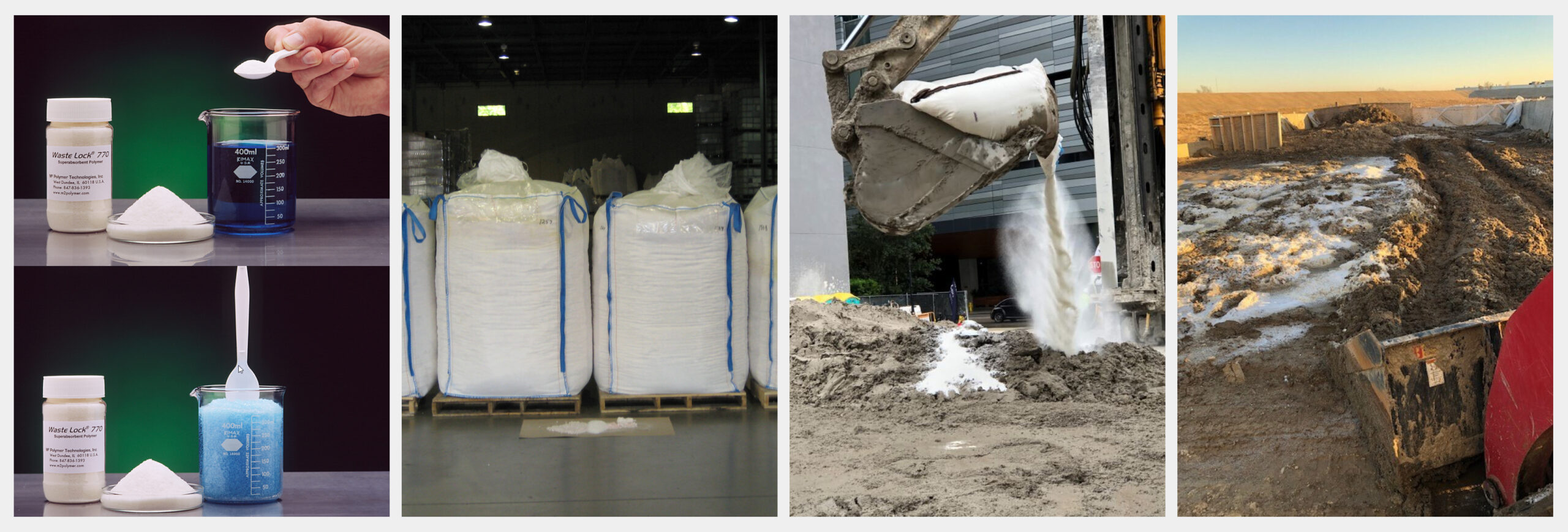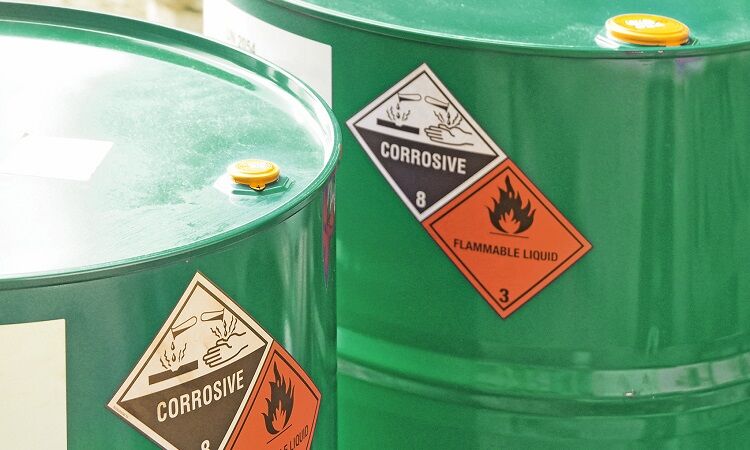Specialist Liquid Waste Removal Melbourne: Maintaining Your Setting Tidy
Specialist Liquid Waste Removal Melbourne: Maintaining Your Setting Tidy
Blog Article
Just How Liquid Waste Disposal Works: An In-depth Introduction of Techniques and Technologies Used

Review of Liquid Waste Kind
The intricacy of fluid waste kinds requires a comprehensive understanding of their characteristics and ramifications for disposal. Fluid waste can extensively be categorized right into a number of types, consisting of industrial, local, agricultural, and unsafe waste. Each classification exhibits unique buildings, requiring specific monitoring approaches to alleviate environmental and wellness dangers.
Industrial liquid waste stems from producing processes and often consists of a series of pollutants, such as hefty metals, solvents, and natural compounds. Community fluid waste, mostly comprising wastewater from families and commercial facilities, includes organic matter, nutrients, and pathogens (industrial wastewater treatment). Agricultural fluid waste, consisting of overflow from farms, may include fertilizers, chemicals, and pet waste, posturing threats to water high quality and ecological communities
Unsafe liquid waste is identified by its poisoning, sensitivity, or prospective to cause harm. This category consists of substances like acids, bases, and particular chemicals that necessitate stringent handling and disposal methods. Comprehending these diverse liquid waste types is crucial for creating effective disposal techniques and making certain compliance with environmental guidelines. Correct category and characterization are crucial for executing appropriate therapy strategies and decreasing the negative effect on public health and the atmosphere.
Physical Treatment Techniques

Screening is the preliminary step, where bigger bits and particles are removed from the liquid waste utilizing screens or grates. In sedimentation tanks, larger particles settle at the bottom, creating a sludge layer, while the made clear liquid can be additional dealt with.
Filtering is an additional important method that entails passing the fluid through porous materials, such as sand or membrane layers, to catch smaller bits. This action enhances the quality of the liquid, making it ideal for succeeding therapy procedures.

Chemical Treatment Techniques
Chemical treatment methods are necessary for successfully managing liquid waste, particularly in dealing with dissolved and colloidal pollutants that physical methods might not appropriately remove. These methods use different chemical agents to neutralize, precipitate, or transform harmful materials into less dangerous kinds.
One typical method is coagulation and flocculation, where chemicals such as alum or ferric chloride are contributed to promote the aggregation of suspended bits. This process enhances sedimentation, permitting less complicated elimination of the resulting sludge. In addition, oxidation procedures, utilizing agents like chlorine or ozone, are utilized to break down intricate organic compounds and microorganisms, providing the waste much safer for discharge or further therapy.
Neutralization is an additional important strategy, which changes the pH of acidic or alkaline waste streams to neutral levels, stopping possible harm to downstream systems and the environment. In addition, advanced oxidation processes (AOPs) utilize mixes of oxidants and ultraviolet light to break down relentless pollutants, attaining a higher level of treatment effectiveness.
Organic Treatment Processes
Organic therapy processes play an important function in the monitoring of fluid waste by using microbes to disintegrate organic issue and reduce pollutant levels. These procedures can be broadly categorized into aerobic and anaerobic treatments, each utilizing specific microbial neighborhoods to attain efficient waste deterioration.
Cardio therapy involves using oxygen to help with the malfunction of natural materials by germs. This procedure is generally implemented in triggered sludge systems, where aeration tanks give a helpful atmosphere for microbial growth, causing the oxidation of organic toxins. The resultant biomass can be divided from dealt with effluent with sedimentation.
In contrast, anaerobic therapy happens in the lack of oxygen, counting on various microorganisms to damage down raw material. This method is specifically beneficial for high-strength waste, as it creates biogas, a renewable resource resource, while lowering sludge production. Technologies such as anaerobic digesters are frequently utilized in commercial and municipal applications.
Both aerobic and anaerobic organic therapies not just reduce the ecological influence of fluid waste however also assist in source recuperation, making them crucial parts of sustainable waste administration techniques. Their adaptability, efficiency, and efficiency support their widespread application across numerous markets.
Emerging Technologies in Disposal
Innovative methods to fluid waste disposal are quickly evolving, driven by advancements in modern technology and why not check here a raising emphasis on sustainability. Amongst these emerging innovations, membrane bioreactors (MBRs) have actually obtained grip for their ability to integrate biological treatment with membrane layer filtering, causing premium effluent that can be recycled in different applications. MBRs allow smaller sized footprints and extra reliable operations contrasted to conventional systems.
Another encouraging advancement is making use of anaerobic digestion combined with nutrient healing technologies, which not only deals with liquid waste however likewise generates biogas and recoups important nutrients like nitrogen and phosphorus. This dual advantage boosts resource effectiveness and decreases ecological impact.
In addition, progressed oxidation processes (AOPs) are being embraced for the destruction of complicated organic pollutants. These approaches use effective oxidants and catalysts to break down pollutants at the molecular level, using an extremely effective solution for tough waste streams.
In addition, the integration of artificial knowledge and artificial intelligence in waste administration systems is enhancing operational performance and predictive maintenance, causing reduced expenses and boosted environmental conformity. These technologies reflect a substantial shift towards more lasting and efficient fluid waste disposal techniques.
Conclusion
In final thought, reliable liquid garbage disposal necessitates an extensive understanding of numerous strategies and innovations. The integration of physical, chemical, and organic treatment techniques ensures the efficient monitoring of varied waste kinds. Moreover, the development of innovative technologies improves therapy efficiency and promotes sustainability in waste management methods. By constantly progressing these methods, it becomes possible to resolve the growing obstacles related to fluid waste, ultimately adding to ecological security and source recuperation. next
Fluid waste disposal is an important facet of ecological administration, needing an extensive understanding of different techniques and modern technologies tailored to different waste types. Liquid waste can broadly be classified right into numerous types, including commercial, metropolitan, agricultural, and hazardous waste. Agricultural liquid waste, consisting of runoff from ranches, may contain fertilizers, chemicals, and pet waste, presenting dangers to water high quality and communities.
Different physical therapy approaches play an essential role in handling fluid waste effectively - industrial wastewater treatment.In final thought, effective fluid waste disposal Website demands a thorough understanding of different methods and technologies
Report this page